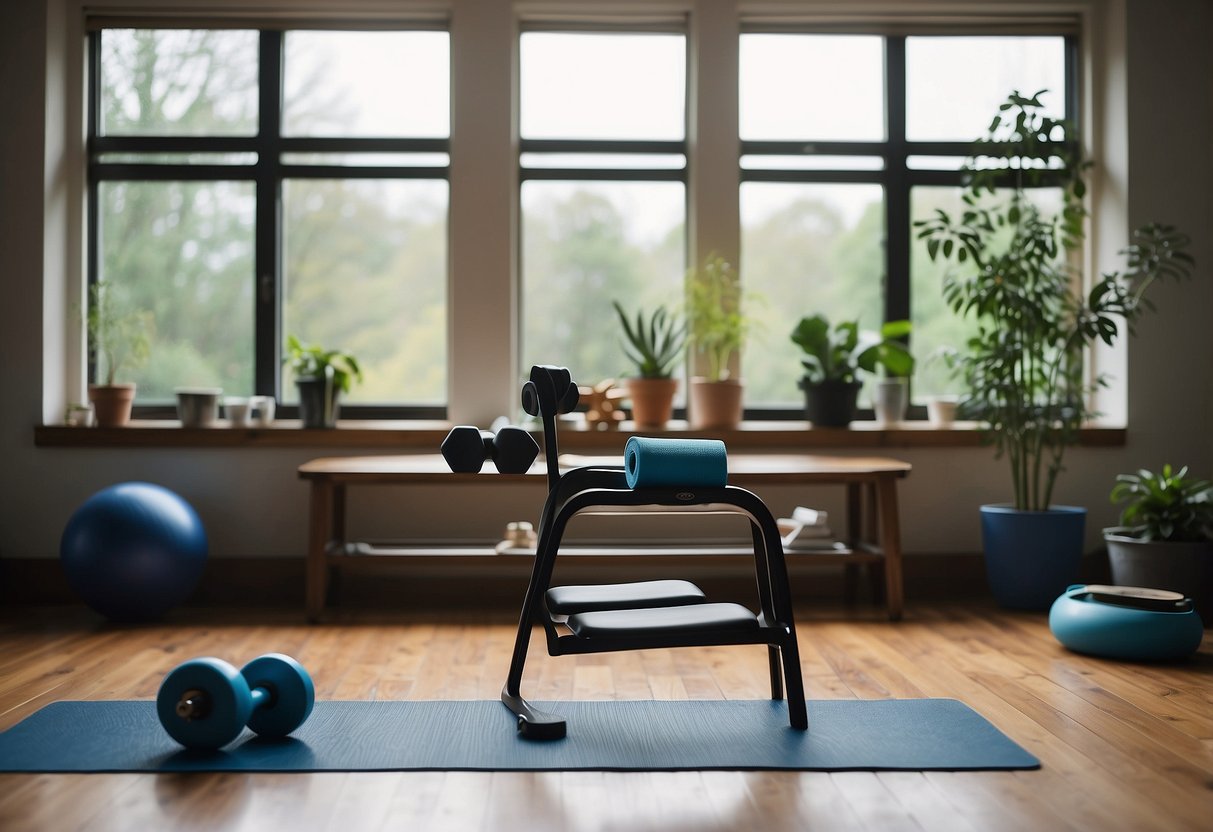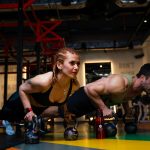Strength Training at Home: Effective Bodyweight Exercises for Building Muscle
Lower Body Bodyweight Exercises

Lower body exercises performed using just your body weight can effectively build muscle strength and endurance. These activities target key muscle groups in the legs, glutes, and calves.
Squats and Variations for Leg Strength
Squats are a fundamental exercise for building leg strength. They target the quadriceps, hamstrings, and glutes. To perform a basic squat, stand with your feet shoulder-width apart, lower your body as if sitting back into a chair, and return to standing.
For variety and added challenge, try different squat variations. Jump squats incorporate a plyometric element, adding cardiovascular endurance. Single-leg squats (or pistols) increase the intensity and balance challenge, while sumo squats shift the emphasis more towards the inner thighs and glutes.
Lunges for Leg and Glute Muscle
Lunges are effective for building muscle in the legs and glutes. To perform a lunge, step one foot forward and lower your hips until both knees are bent at about a 90-degree angle, then push back up to the starting position. Alternate legs for a balanced workout.
Different types of lunges can target muscles in varying ways. Reverse lunges focus more on the glutes and hamstrings, while side lunges help develop the inner and outer thighs. Performing walking lunges across a room or outdoor area adds a dynamic element and improves functional movement skills.
Calf Raises for Lower Leg Toning
Calf raises specifically target the gastrocnemius and soleus muscles in the calves. Stand upright, raise your heels to stand on your toes, then lower them back down. This simple motion builds strength and endurance in the lower legs.
For increased difficulty, progress to single-leg calf raises which enhance muscle engagement and balance. Performing seated calf raises can also focus the effort more intensely on the soleus muscle, especially beneficial for runners and athletes seeking improved lower leg performance.
Core Strengthening Exercises
Core exercises are essential for maintaining a strong, stable foundation, crucial for daily activities and athletic performance.
The Plank and Its Variations
The plank is a fundamental exercise that targets multiple core muscles, including the transverse abdominis, rectus abdominis, and obliques. It enhances muscle endurance and stability.
To perform a standard plank, keep the body in a straight line from head to heels, supporting yourself on elbows and toes. Variations like side planks focus more on the obliques, while dynamic planks, like plank jacks, add cardiovascular benefits.
Maintaining proper form is crucial. The back should not sag, and the hips should stay in line with the shoulders and heels. Variations and progressions can increase the intensity for advanced practitioners.
Crunches and Sit-Ups for Abdominal Strength
Crunches and sit-ups are classic exercises that effectively target the rectus abdominis. To perform a crunch, lie on your back with knees bent and feet flat on the floor. Lift the shoulders off the ground while engaging the core, ensuring not to strain the neck.
Sit-ups follow a similar setup but involve lifting the entire upper body to a sitting position. Keeping the lower back pressed to the floor helps prevent injury.
Both exercises can be modified to increase difficulty. Twisting crunches, for instance, can engage the obliques, enhancing the movement’s complexity and effectiveness.
Leg Raises and Twists for Core Stability
Leg raises and twists work on lower abdominal strength and rotational stability. For leg raises, lie on the back with legs extended. Lift them to a 90-degree angle without bending the knees, then lower them slowly without letting them touch the ground.
Twists, like Russian twists, involve sitting with feet elevated and twisting the torso to either side, touching the ground with hands. This motion targets the obliques and improves balance and coordination.
Proper form is essential to avoid straining the lower back. Gradual progression can include holding a weight for additional resistance. These exercises help in enhancing overall core stability.



